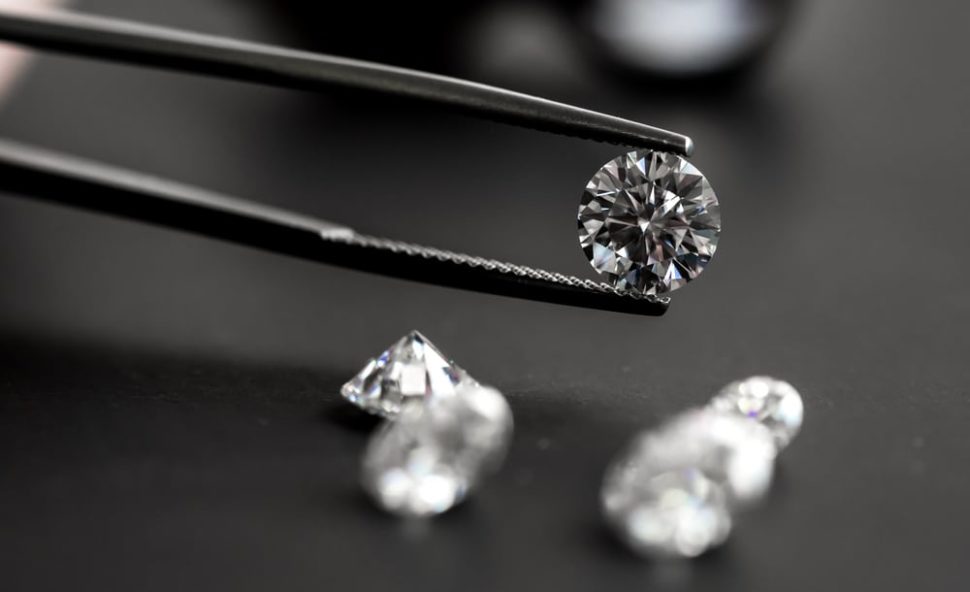A recent discovery showed that rejected diamonds could be substituted for magnets in MRI machines.
We already know that you can create synthetic diamonds in a lab. But there’s new potential emerging for these beyond providing more ethically obtained shiny gems.
People also often reject diamonds due to “flaws” in their facets. So, this gives those diamonds another purpose besides being beautiful.
How can rejected diamonds help improve medical technology?
Flawed Diamonds are now in Fashion
Medical technology gets more democratized ever year with the integration of robotics, 3D printing, and other future tech.
But sometimes, as we have showcased, low-tech solutions can be just as disruptive. Perhaps that is why the National Science Foundation and the Research Corporation for Science Advancement supported this research.
Researchers at UC Berkeley and the Department of Energy’s Lawrence Berkeley National Laboratory successfully added rejected diamonds to this ever-growing list of low-tech solutions to high-tech problems.
Not only can diamonds help with nuclear magnetic resonance (NMR), they can also with magnetic resonance imaging (MRI), as well.
The researchers experimented with various diamonds at microscale and nanoscale levels. This showed them that the diamonds could replace the magnets in these often bulky and expensive-to-maintain machines.
What the Diamonds do Instead of Magnets
Surprisingly, diamond substitutes cut the cost of machinery such as NRM and MRI machines. They also increase the machines’ efficiency levels thanks to their micro/nanoscale “tuning”.
The many orientations and facets of diamonds make them perfect for these kinds of machines. After all, when you shine a laser at a diamond, it can cast it in many places.
Using a technique called spin polarization, the researchers found that they can effectively substitute the diamonds for magnets. Achieving uniform spin polarization required the use of microwaves and exposing diamonds to a weak magnetic field.
Researchers can further reduce cost by using synthetically created diamonds. In fact, as ZDNet reports, there is already a kit in the works with a filed patent that could make this a mainstream solution to a global problem.



















Comments (0)
Most Recent